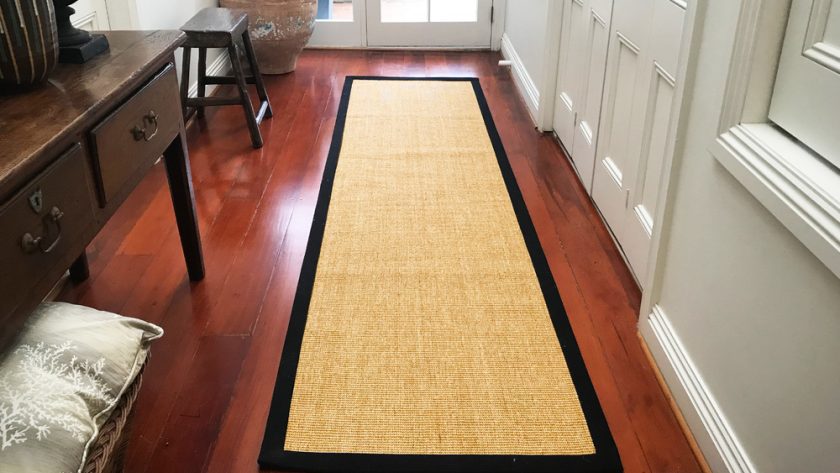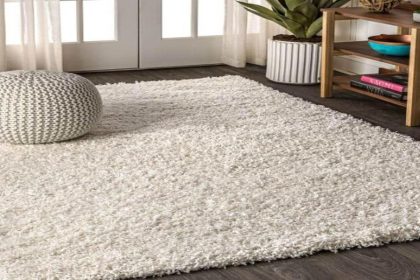- Consider the type of room: The type of Sisal carpet you choose should depend on the type of room it will be in. For example, plush sisal carpets are best for areas that don’t get a lot of foot traffic, such as bedrooms. Berber sisal carpets are better for high-traffic areas, such as hallways.
- Think about color: When selecting a sisal carpet, consider the colors in the room and how the sisal carpet will look with them. If the room is already decorated with a particular color scheme, try to find a sisal carpet that will complement it.
- Consider the material: Sisal carpets come in a variety of materials, such as wool, polyester, nylon, and olefin. Consider which material will best suit your needs. Wool is a popular choice because it is durable and resists soiling. Nylon is another good choice because it is stain-resistant and affordable.
- Consider the padding: The padding under the sisal carpet is just as important as the sisal carpet itself. Make sure to choose a sisal carpet pad that is thick and durable. This will help prolong the life of your sisal carpet and make it more comfortable to walk on.
- Think about maintenance: Different sisal carpets require different levels of maintenance. If you don’t want to worry about cleaning and maintaining your sisal carpet, look for sisal carpets that are stain-resistant and easy to clean.
Installing process of Sisal carpet
- Remove old sisal carpet and padding, if necessary.
- Vacuum the floor thoroughly to remove dirt and debris.
- Measure the room to determine the amount of sisal carpet needed and purchase the appropriate amount.
- Lay out the padding and cut it to fit the room.
- Install the padding using staples or adhesive tape.
- Unroll the sisal carpet and cut it to fit the room.
- Secure the sisal carpet to the padding using staples or double-sided tape.
- Trim any excess sisal carpet at the edges of the room.
- Use a knee kicker to stretch the sisal carpet to ensure a tight fit.
- Install sisal carpet tack strips along the edges of the room.
- Use a sisal carpet stapler to secure the sisal carpet to the tack strips.
- Install a sisal carpet threshold at the doorways.
Caring for Your Sisal carpet
Sisal carpets are a popular flooring option due to their durability and attractive natural look. They are made from the fibers of the agave plant, which is also used to make rope, twine, and paper. Sisal carpets are easy to clean and maintain, but there are some tips to keep in mind when caring for them.
- Vacuum Regularly: Vacuuming your sisal carpet regularly is crucial for keeping it clean and free of dirt and debris. It is best to use a vacuum with a low suction setting and a brush attachment to avoid damaging the fibers.
- Spot Clean Stains: If you spill something on your sisal carpet, use a damp cloth to blot the stain and then use a mild detergent to spot clean the area. Make sure to rinse the area thoroughly afterward and allow it to air dry.
- Protect from Direct Sunlight: To keep your sisal carpet looking its best, it is important to protect it from direct sunlight. Too much exposure to UV rays can cause the fibers to fade or discolor over time.
- Avoid Harsh Chemicals: When cleaning your sisal carpet, it is important to avoid harsh chemicals and abrasive cleaners as these can damage the fibers and cause them to unravel.





